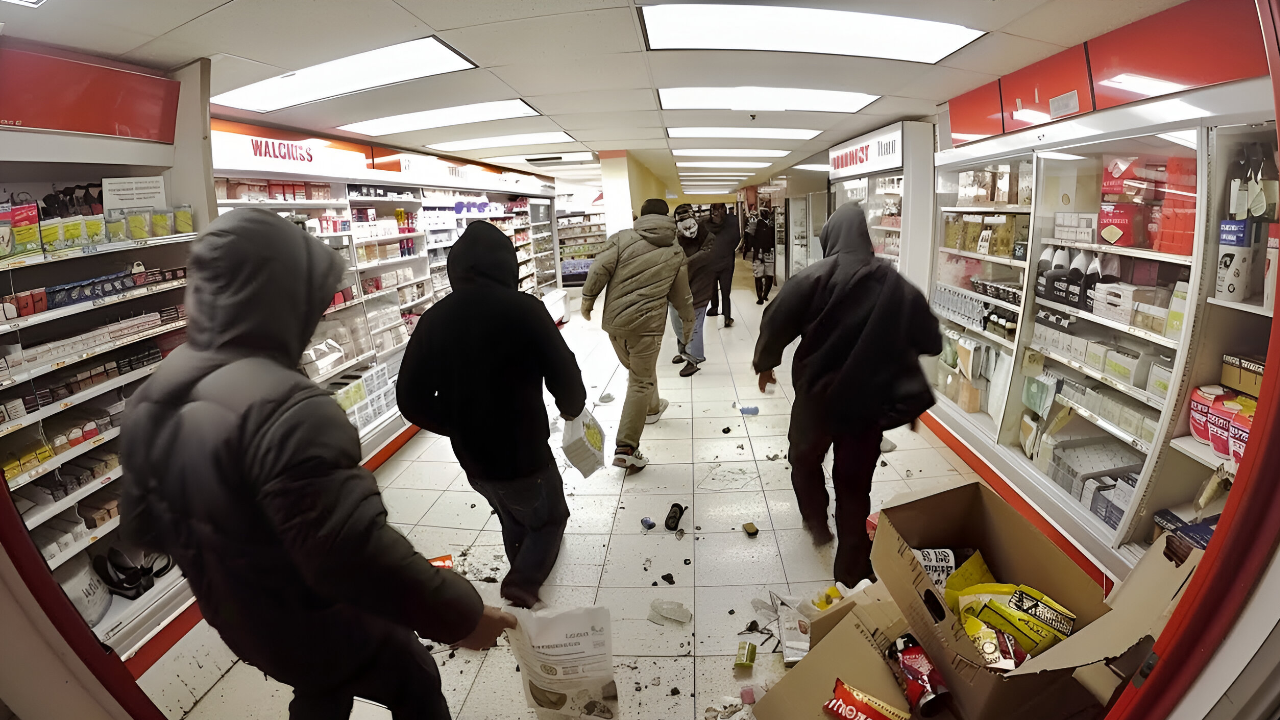
In January 2024, In-N-Out stunned Oakland by announcing it would shut down its airport-area restaurant—the first closure in the chain’s 75-year history. COO Denny Warnick said crime had made the site unsafe despite the store being “busy and profitable.”
Owner Lynsi Snyder later described the area as “absolutely dangerous,” citing shootings, stabbings, and rampant theft. Oakland police logged 1,335 nearby incidents since 2019, including 1,174 car break-ins.
But this wasn’t an isolated case—it was only the beginning of a nationwide retail retreat.
Twenty Closures Across Four States
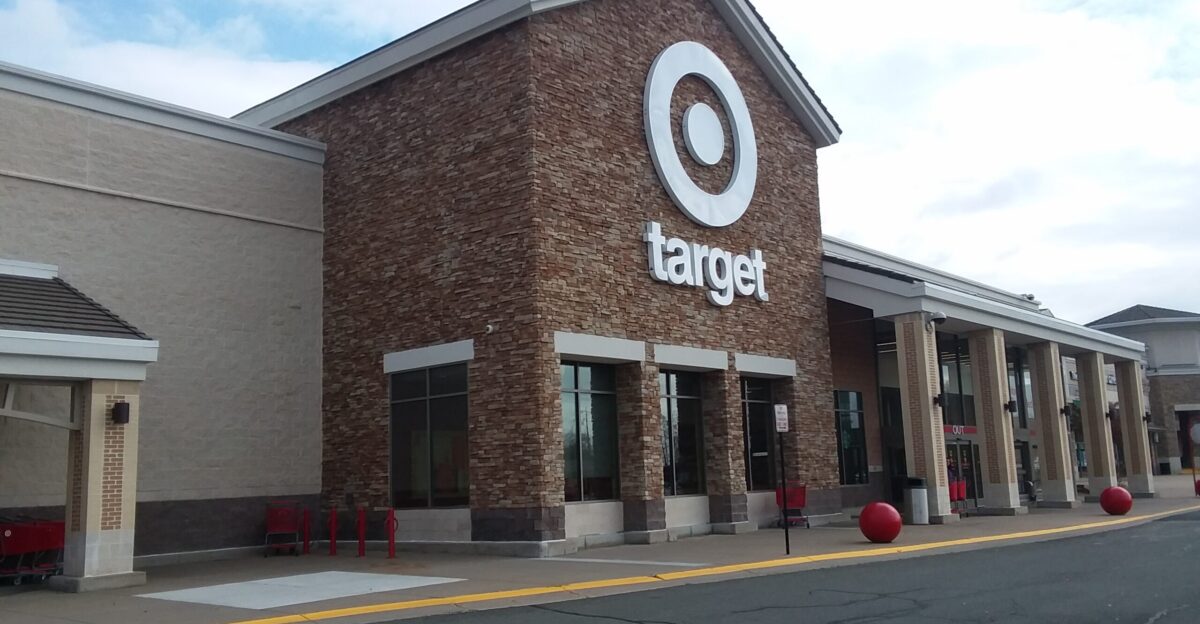
Target shuttered nine stores on October 21, 2023, including New York City, Seattle, Portland, and the San Francisco Bay Area. CEO Brian Cornell told investors assaults rose 120% in the first five months of 2023, forcing tough decisions.
The company stated, “We cannot continue operating these stores because theft and organized retail crime are threatening the safety of our team and guests.” Yet was crime the only factor driving these closures, or just one piece of the puzzle?
Walgreens Pulls Out of San Francisco
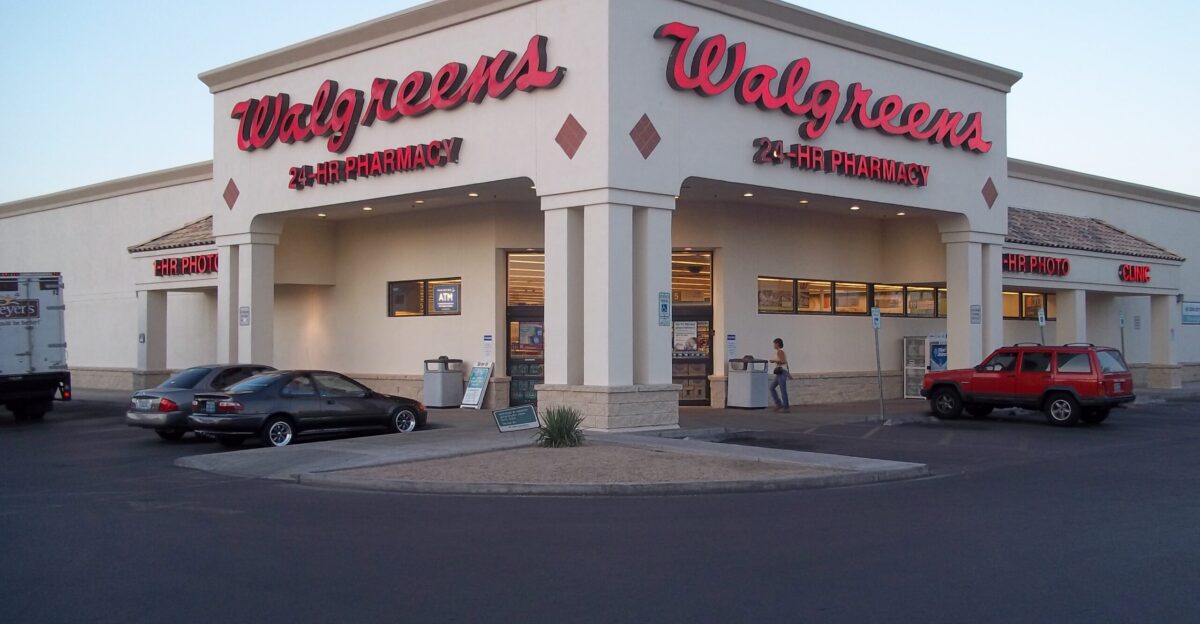
Between October and November 2021, Walgreens closed five San Francisco locations due to retail theft , five times above the chain average. Spokesperson Phil Caruso noted heavy security spending—46 times the chain average—was not enough to prevent losses.
Despite the closures, CFO James Kehoe later said the problem had “stabilized” and admitted, “Maybe we cried too much.”
Whole Foods Shuts Flagship Store
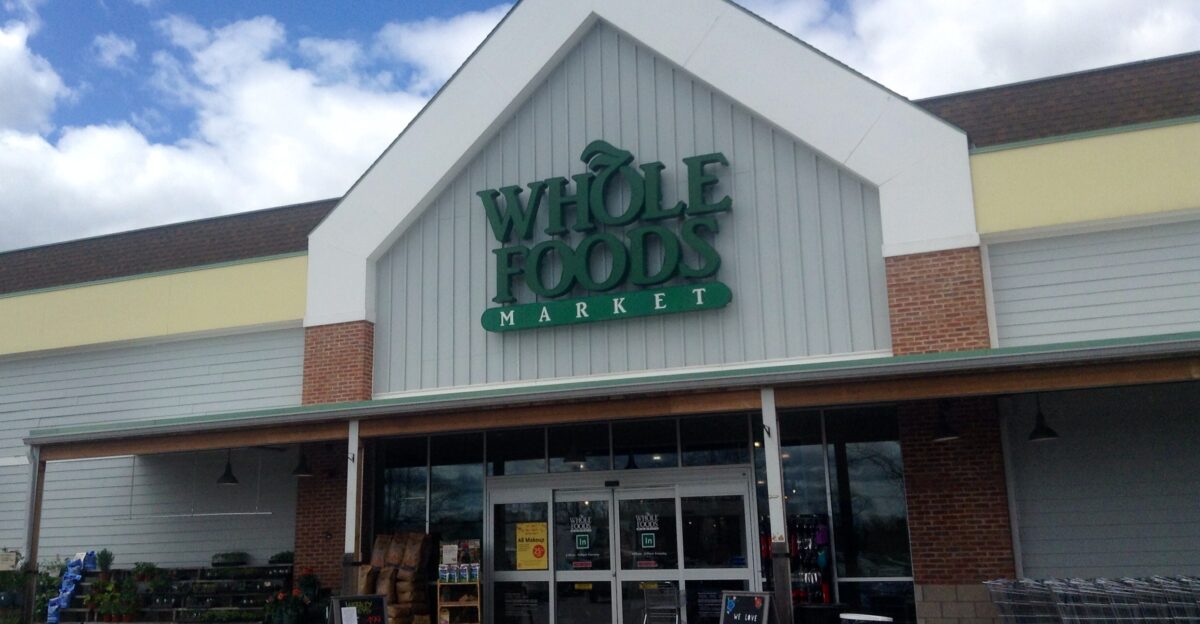
Whole Foods temporarily closed its 65,000-square-foot Mid-Market store on April 10, 2023, citing safety concerns. A spokesperson said, “To ensure the safety of our Team Members, we have made the difficult decision to close the Trinity store for the time being.”
Incidents included syringes and pipes in restrooms, high theft, and nearby crime. Local officials were unsurprised.
Rising Retail Losses Hit $100B
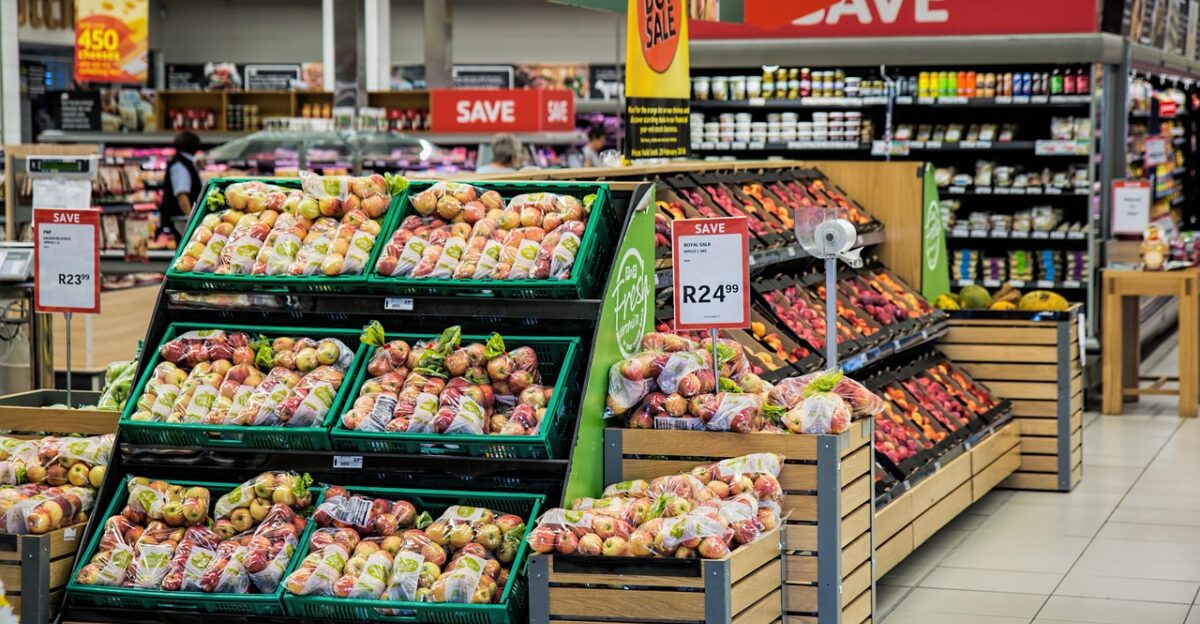
The National Retail Federation reported $112.1 billion in inventory losses in 2022, up from $93.9 billion in 2021. This “shrink” figure includes theft, employee theft, errors, vendor fraud, and damaged goods, not just shoplifting.
Retailers increasingly cite crime as a reason for closures, but the broad definition of shrink leaves room for debate.
Skepticism Over Crime Claims
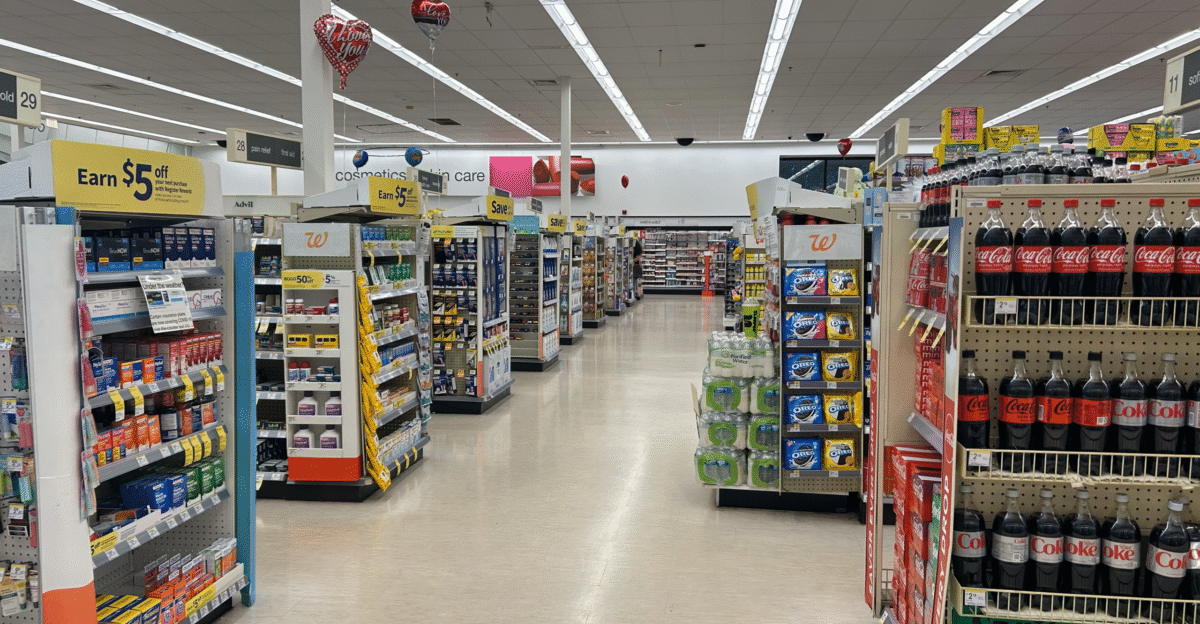
Analysts questioned whether crime alone drove closures. Target’s comparable sales fell 5.4% in Q2 2023, while San Francisco Mayor London Breed suggested Walgreens’ closures were primarily economic decisions dressed up as crime concerns.
Even with public statements blaming theft, financial underperformance and lease costs may have played a significant role.
Shifting Retail Communication
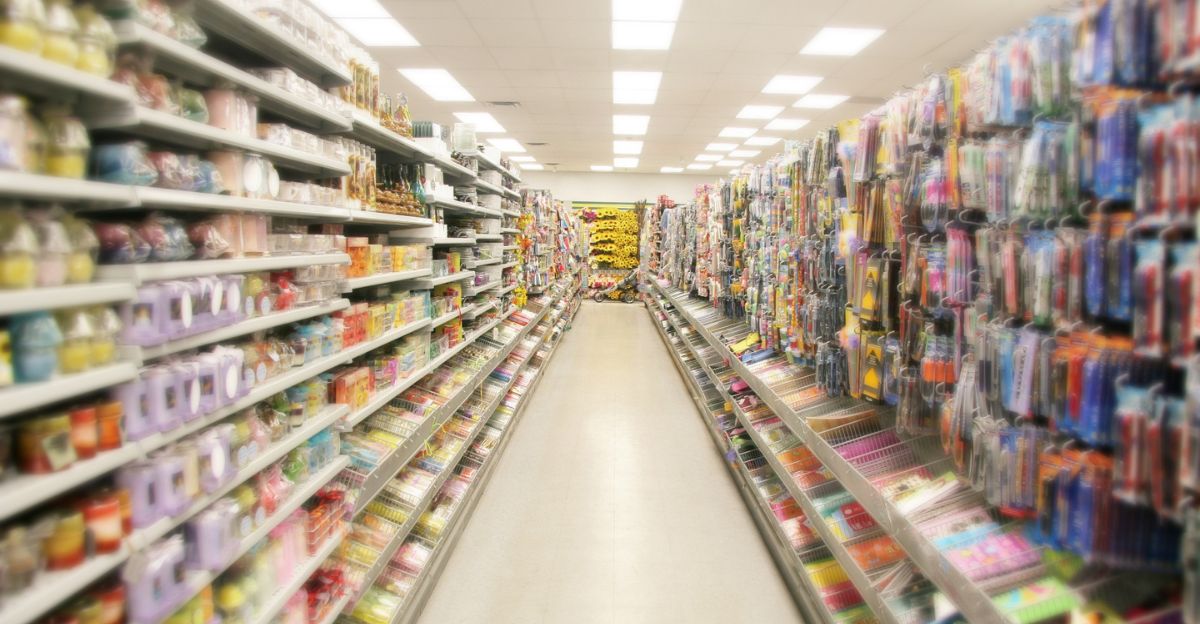
Major chains now openly cite safety as a reason to close stores, signaling a shift from traditional explanations like poor sales or lease disputes. These statements reflect growing concern for employee and customer safety.
Yet public narratives may not capture the full picture. Could this trend reshape how communities perceive urban retail, blending safety concerns with economic realities?
The Perfect Storm Brewing
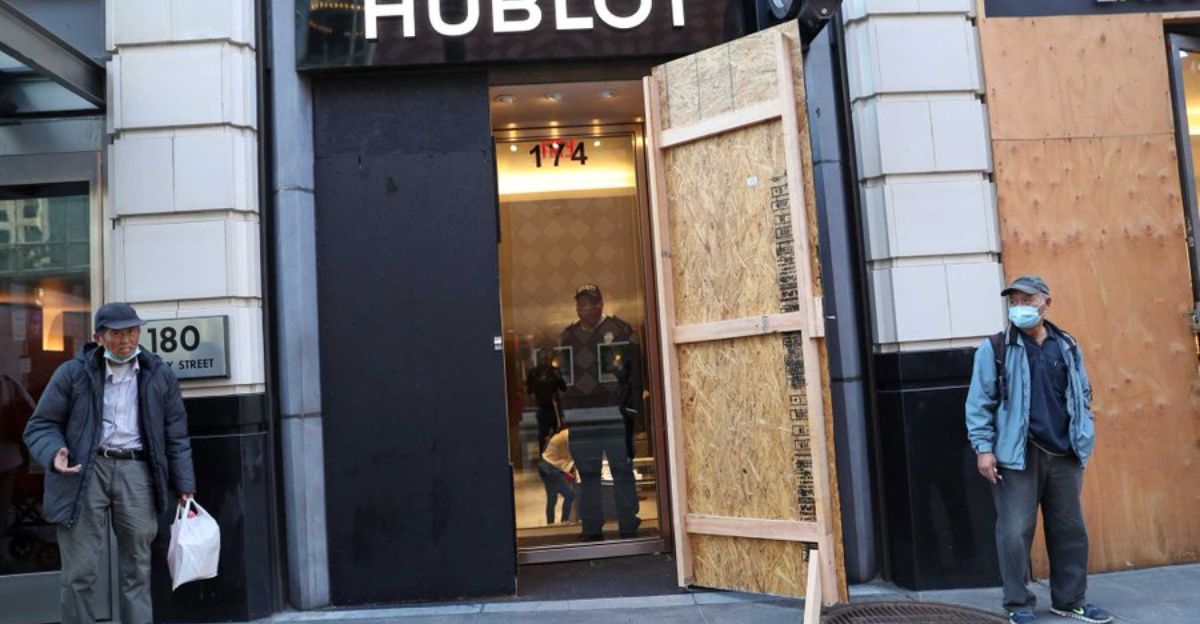
California’s retail crime debate focuses on Proposition 47, passed in November 2014. It expanded the $950 theft threshold, converted certain drug possession crimes to misdemeanors, and reclassified shoplifting, grand theft, and commercial burglary under $950 as misdemeanors.
Retailers face systemic challenges: low apprehension, repeat offenders, and inconsistent prosecutions. But was the law alone the driver, or did enforcement gaps and repeat offenders amplify the crisis?
Low Apprehension Rates Amplify Risk
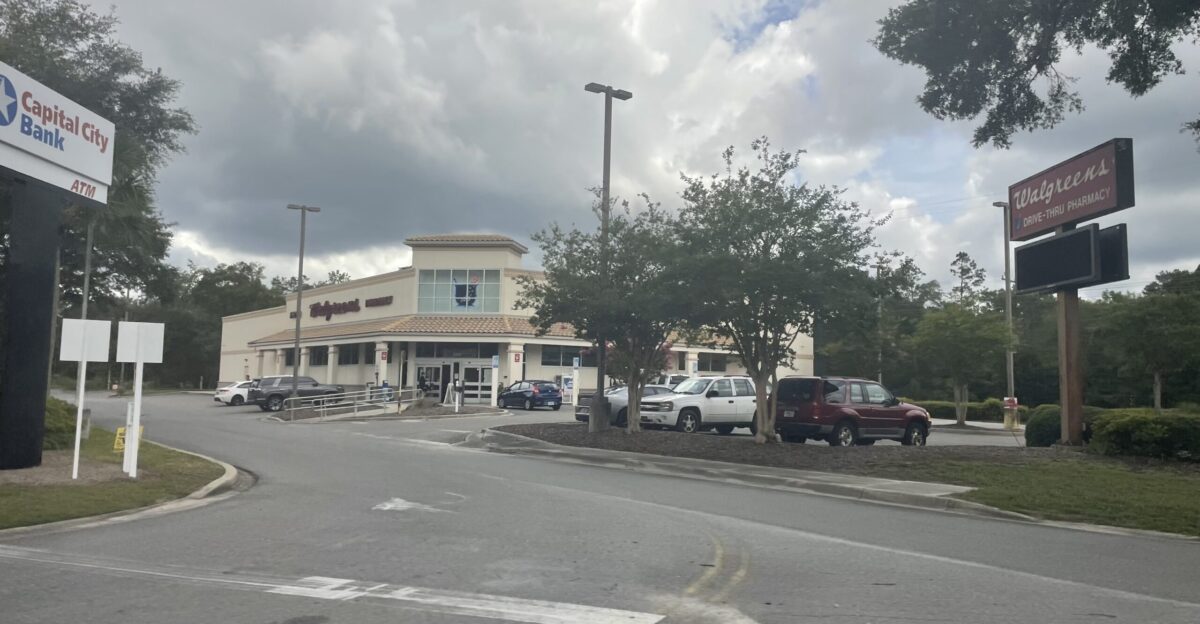
Retailers catch shoplifters about 2% of the time, roughly 1 in 49 incidents. FBI data estimates 528,000 cases in 2021, but unreported incidents could approach 30 million annually. Factors include high prosecution costs, store policies, and limited law enforcement resources.
Auror data shows just 10% of U.S. offenders account for 68% of theft value, and 45% of repeat offenders hit multiple locations.
Organized Crime and Repeat Offenders
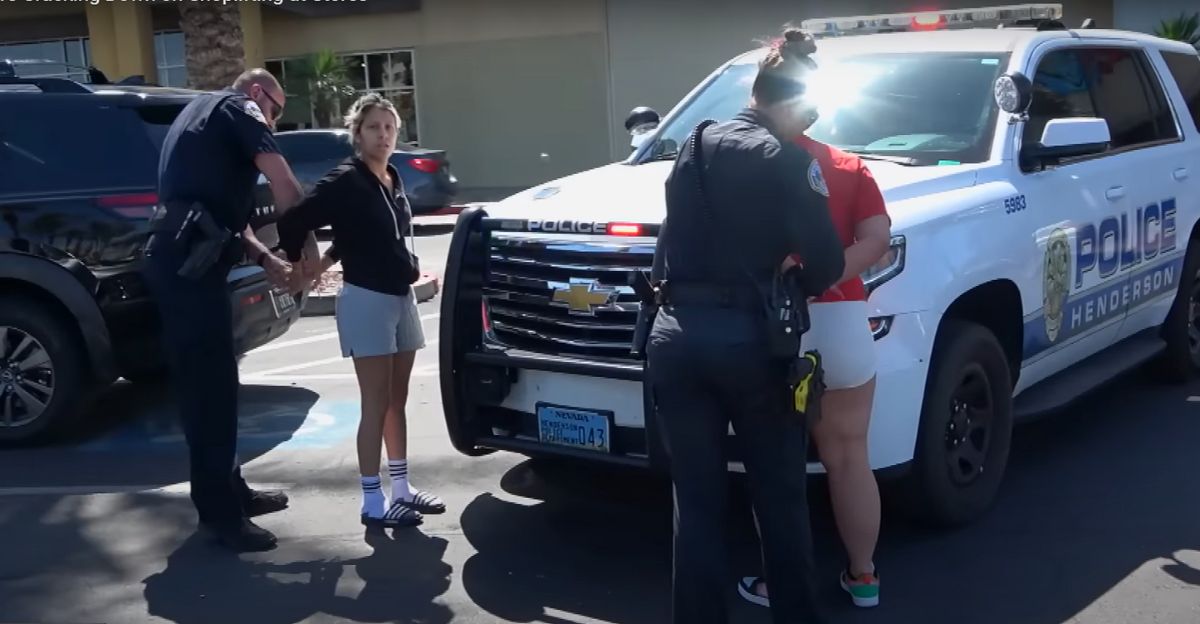
Organized Retail Crime worsens losses, with 76% of retailers more concerned than previous years. Repeat offenders now account for a growing share of serious events, up 25% in 2024. Similar global patterns appear in the UK, New Zealand, and Australia.
Progressive prosecutorial policies in some California cities may further limit enforcement.
Major Organized Retail Crime Rings Exposed

Between September and October , authorities cracked several high-profile organized retail crime rings across the U.S. and Canada. In Southern California, Home Depot dismantled its largest theft ring ever: 14 arrests, nine felony charges, and $10 million stolen across 71 stores. Leader David Ahl faces 48 felony counts, including conspiracy, grand theft, and money laundering, with bail at $500,000 and a potential 32-year sentence.
Other rings included cartel-linked theft in Wisconsin recovering $120,000, a Lego theft operation in Santa Rosa netting thousands of sets, and a liquor store ring in Ontario with arrests for cocaine and MDMA possession.
Urban Real Estate Plunges Amid Retail Exodus
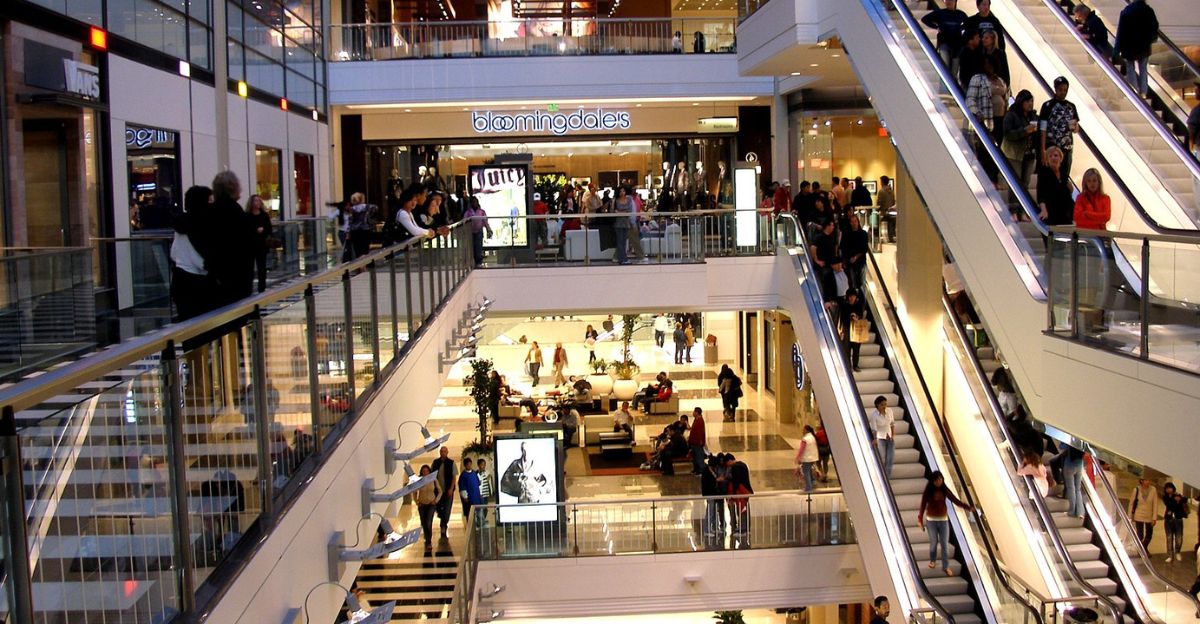
San Francisco’s downtown faces a commercial real estate crisis, with office vacancy hitting 34.8% in Q2 2025, the highest among major U.S. cities. Westfield San Francisco Centre, the city’s largest mall, saw occupancy collapse to 25% after anchor closures and sales plummeted from $455 million in 2019 to $298 million by 2022.
Experts describe an “urban doom loop,” where office departures, remote work, and rising crime amplify retail and property declines. Could other major cities be next in this downward spiral?
What Shoppers Should Expect and Do
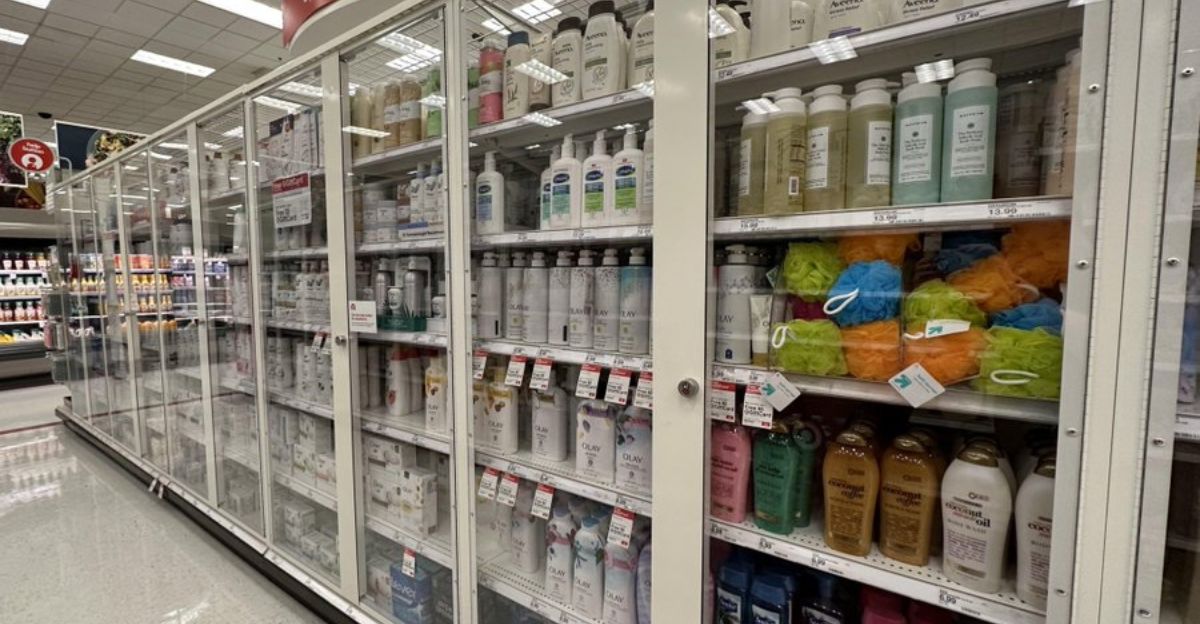
Expect to face more locked displays, longer wait times, reduced store hours, and visible security like cameras, AI monitoring, and smart locks. High-theft items such as electronics, cosmetics, razors, and baby formula are most affected.
Consumers can adapt by using curbside pickup, checking online seller authenticity, reporting suspicious activity, and advocating for stronger anti-theft laws. As retailers balance security with convenience, shopping will evolve—leaving one question: how will your in-store experience change next?
Three Paths Retailers Could Take

Without major changes, shrink rates could continue to climb if theft trends continue, driving higher prices, locked displays, and reduced in-store experiences. Without change, losses mount and shoppers pay the price.
Retailers are exploring automation—AI cameras, self-checkout, and smart carts—to deter theft, while hybrid solutions blend tech with human oversight, security teams, and community engagement. Balancing efficiency, safety, and jobs will shape the future of shopping—so which path will dominate next?
The Future of U.S. Retail
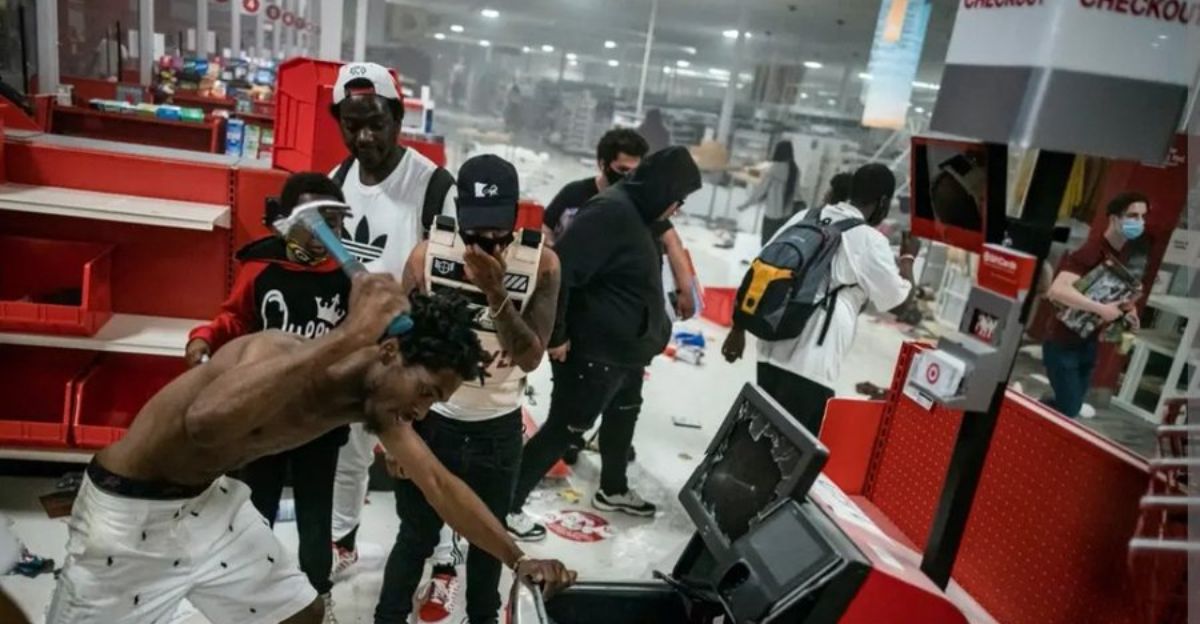
The $100 billion crisis in retail losses shows more than financial strain—it signals a breakdown in the safety and stability of American urban centers. Store closures, rising crime, and organized theft have reshaped shopping experiences and challenged city economies.
Shoppers face higher prices, locked merchandise, and evolving security, while retailers navigate technology, human oversight, and legislation. Breaking the cycle will require innovation, vigilance, and coordinated action to safeguard both commerce and communities.